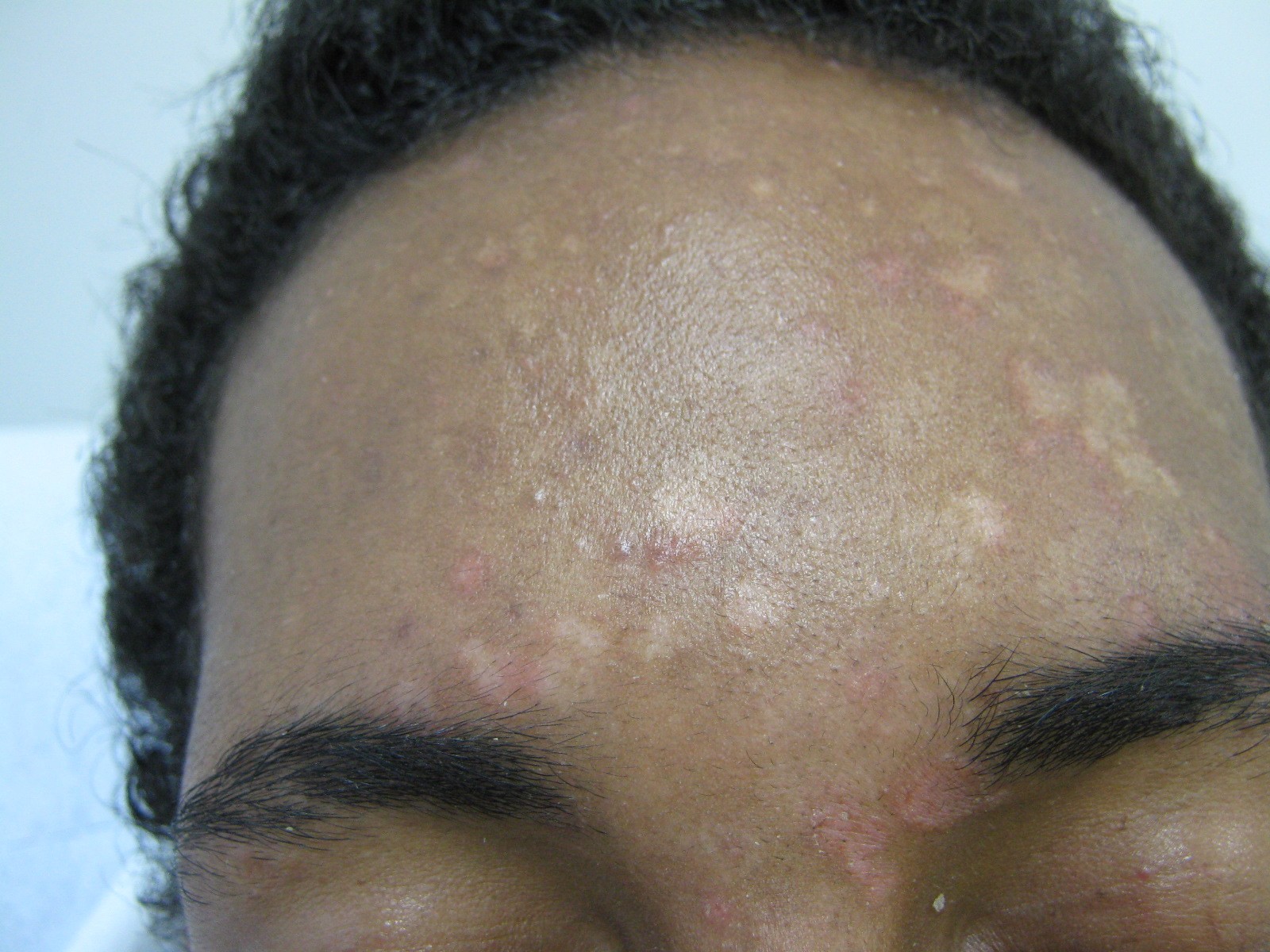
Pityriasis Rosea: Understanding the Rash, Its Causes, and Treatments
Pityriasis rosea is a common, self-limiting skin condition that typically presents as a distinctive, oval, rose-colored rash on the skin. While the exact cause is not completely understood, it is thought to be linked to viral infections, specifically those related to the herpesviridae family. Let's dive deeper into the aspects of this condition, including identification, causes, treatments, and more.
What is Pityriasis Rosea?
Pityriasis rosea is characterized by skin lesions that start with a single, large spot, known as the "herald patch." This patch eventually leads to a widespread rash that can last several weeks. Though it appears alarming, pityriasis rosea is generally harmless and resolves without treatment. It mainly affects children and young adults, although it can occur at any age.
Recognizing Pityriasis Rosea: Common Symptoms and Visual Clues
Identifying pityriasis rosea accurately can help in differentiating it from other skin conditions such as psoriasis or eczema. Here are some common symptoms to recognize:
- Herald Patch: The initial symptom is often a single round or oval pink patch, usually on the torso. This "herald patch" can be confused with ringworm, but it soon leads to further developments across the skin.
- Generalized Rash: After the herald patch, multiple smaller patches can appear. These are oval and align along skin fold lines, creating a tree or “Christmas tree” pattern on the back.
- Itching: This can vary widely from person to person, with some experiencing intense itching and others feeling none at all.
- Mild Flu-Like Symptoms: Occasionally, individuals might experience mild fatigue, headache, sore throat, or nausea before or during the rash outbreak.
Causes and Triggers
The precise cause of pityriasis rosea is not definitively known, but ongoing research links it to viral triggers:
- Viral Infections: Some studies suggest reactivation of particular human herpesviruses, such as HHV-6 and HHV-7, as potential triggers.
- Seasonal Factors: Higher incidences have been noted in the spring and fall, hinting at environmental or infectious contributions.
- Stress: Emotional or physical stress might exacerbate the condition or increase vulnerability.
How Contagious Is Pityriasis Rosea?
Pityriasis rosea is typically considered non-contagious, which means it does not easily spread from person to person. Despite its potential viral origins, casual contact does not seem to transmit the condition.
Diagnosis and Tests
To diagnose pityriasis rosea, healthcare providers primarily conduct a physical examination based on the appearance of the skin and the presence of the herald patch. Rarely, additional tests such as a skin biopsy or blood tests may be needed to rule out other conditions like ringworm, syphilis, or psoriasis.
Management and Treatment
Pityriasis rosea generally resolves on its own, but here are some strategies and treatments to alleviate symptoms and promote comfort:
Over-the-counter (OTC) and Home Remedies
- Antihistamines: Products like diphenhydramine (Benadryl®) can reduce itching.
- Topical Steroids: Hydrocortisone creams can help manage inflammation and soothe the skin.
Prescription Medication
- Antiviral Drugs: Medications like acyclovir are rarely used but may be prescribed in severe cases to shorten the duration.
- Phototherapy: Light therapy using UVB might be recommended for persistent or severe itching.
Lifestyle and Home Management
- Moisturizers: Applying gentle moisturizers can help prevent itching and irritation.
- Oatmeal Baths: These can soothe the skin and provide temporary relief.
- Avoid Irritants: Use mild soaps and avoid hot showers, which can aggravate the rash.
Avoidance
- While outwardly avoiding pityriasis rosea is not realistic due to unknown precise transmission, adopting a healthy lifestyle including stress reduction techniques and maintaining good hygiene can be beneficial.
Prevention
Due to unclear causes, specific prevention strategies for pityriasis rosea are limited. However, reducing factors that trigger viral reactivation, such as stress and illness, might help minimize the risk of outbreaks.
Outlook / Prognosis
Most individuals experience full recovery as the rash fades over time, typically within six to eight weeks. Some may experience residual skin pigmentation changes, but these are usually temporary.
When Should I Call My Doctor?
Consult your healthcare provider if:
- The rash persists beyond twelve weeks.
- You experience significant discomfort or severe itching.
- There are signs of infection, such as redness, warmth, or pus.
What Questions Should I Ask My Doctor?
- How can I relieve itching and discomfort effectively?
- Could my rash be related to another issue?
- Is there a risk of recurrence, and how can it be minimized?
- Are there specific skin care products to avoid?
Additional Resources
- For more information on treatments and related conditions, you can visit the Dermatology Advisor, which provides expert insights on skin care.
- Detailed clinical guidelines for managing pityriasis rosea can be found in UpToDate, a comprehensive resource for medical professionals and those seeking in-depth understanding.
Pityriasis rosea, while sometimes uncomfortable, remains manageable with supportive care. Its self-resolving nature reassures many that medical intervention is often unnecessary. Understanding and recognizing symptoms and alleviating discomfort help ensure a smoother experience as your skin recovers naturally.

Identify Skin Conditions Instantly
Try Rash ID for Free